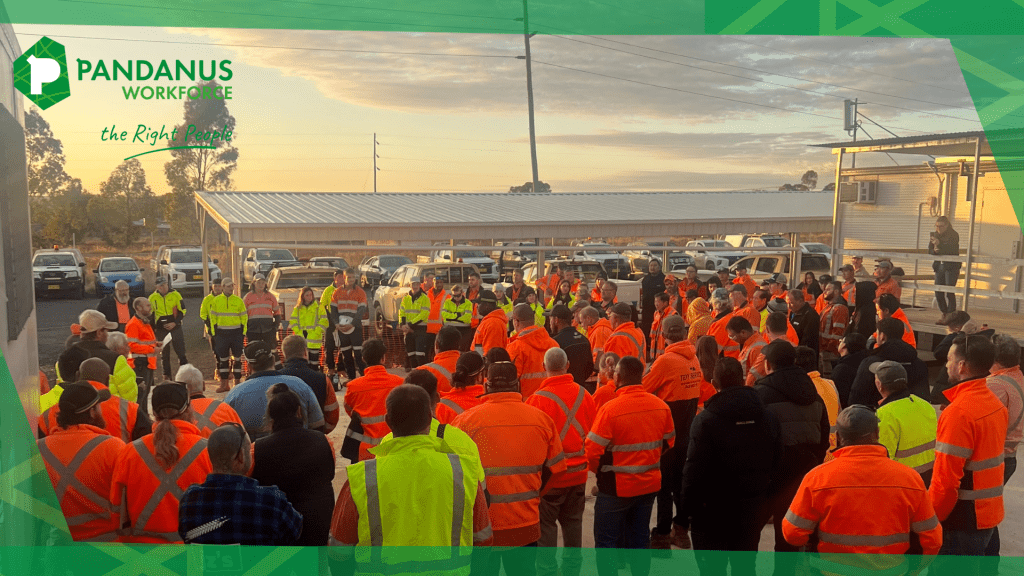Workforce Shortages and Productivity Decline
A significant issue confronting the industry is the shortage and high cost of skilled labour. This scarcity is exacerbated by the perception that Defence contracts are more troublesome and less profitable compared to other sectors, leading to reluctance among contractors to engage in defence projects.
Such capacity constraints threaten the timely and budget-compliant completion of essential infrastructure developments on northern and western defence bases, as outlined in the 2024 National Defence Strategy.
Compounding the labour shortage is a notable decline in the Defence industry workforce. In 2023, there was an approximate 6% decrease in defence workforce numbers, with only a 3% increase in non-defence roles, indicating that for every employee transitioning to a non-Defence position, another is exiting the industry entirely.
This trend raises concerns about the Defence sector’s appeal as an employer and its ability to retain skilled personnel.
The Australian Constructors Association (ACA) has highlighted that, at a time when industry productivity is at its lowest in 60 years, the demand for construction workers has never been higher. The industry faces significant workforce imbalances, with only 12% of the workforce being female and a higher number of individuals leaving the industry than joining.
This underrepresentation and attrition further strain the industry’s capacity to meet current demands.
Challenges with the Defence Common Access Card (DCAC)
Access to defence facilities and systems is regulated through the Defence Common Access Card (DCAC), a “smart” card serving as the standard identification for active duty uniformed service personnel, selected reserve, DoD civilian employees, and eligible contractor personnel.
The DCAC is essential for physical access to buildings and controlled spaces, as well as for accessing DoD computer networks and systems.
Recent modifications to the DCAC have introduced encircled letters to aid security officials in identifying the cardholder’s affiliation: “W” for military and civilian employees, “G” for contractors, and “B” for foreign nationals. These changes aim to enhance security protocols but may also introduce additional steps for overseas workers in obtaining the necessary credentials.
Overseas workers, particularly foreign nationals, are required to have a verified Defence Enrolment Eligibility Reporting System (DEERS) record to be issued a DCAC.
The Real-Time Automated Personnel Identification System (RAPIDS) will prevent ID card issuance to foreign affiliates without a verified DEERS record. Foreign affiliates who have a Social Security Number (SSN) must have it loaded in DEERS, and those without an SSN must have a temporary identification number (TIN) or an individual identification number (IIN) assigned.
These requirements can complicate and prolong the process for overseas workers to obtain the necessary credentials to work on defence projects.
Strategies for Mitigation
To address these challenges, a multifaceted approach is necessary:
- Attracting and Retaining Talent: The industry must implement strategies to attract new talent and retain existing workers. This includes promoting diversity within the workforce, as increasing diversity across the construction skills base is crucial to improving productivity growth. Integrating the work of the Construction Industry Culture Taskforce with other initiatives can promote a more aligned approach to developing a more diverse construction talent pool.
- Streamlining DCAC Processes: Collaborating with defence authorities to simplify and expedite the DCAC issuance process for overseas workers can mitigate delays. Providing clear guidance and support to foreign nationals navigating DEERS and RAPIDS requirements will facilitate smoother onboarding.
- Enhancing Industry Perception: Improving the perception of defence contracts by addressing concerns about profitability and administrative burdens can encourage more contractors to engage in defence projects. This may involve revisiting contract terms and providing incentives to make defence work more appealing.
- Investing in Training and Development: Establishing robust training programs to upskill workers and developing clear career progression pathways can enhance job satisfaction and retention. This investment in human capital is essential for sustaining a skilled workforce capable of meeting the demands of defence construction projects.
By implementing these strategies, Australian construction contractors can better navigate the current workforce and productivity challenges, ensuring the successful delivery of critical infrastructure on Defence Force bases.






